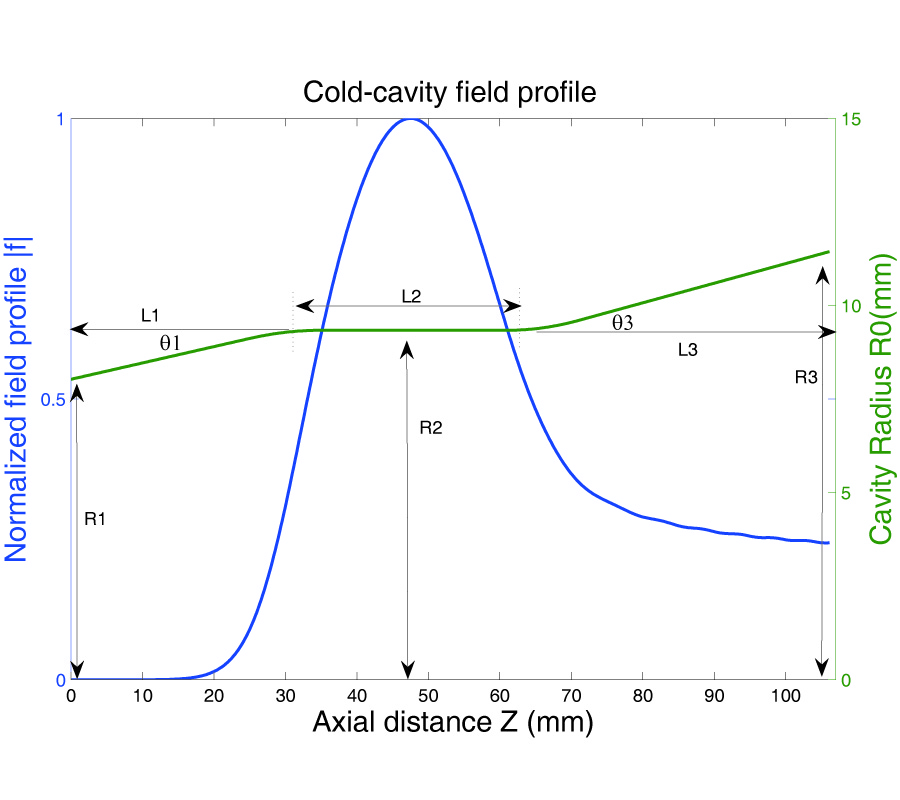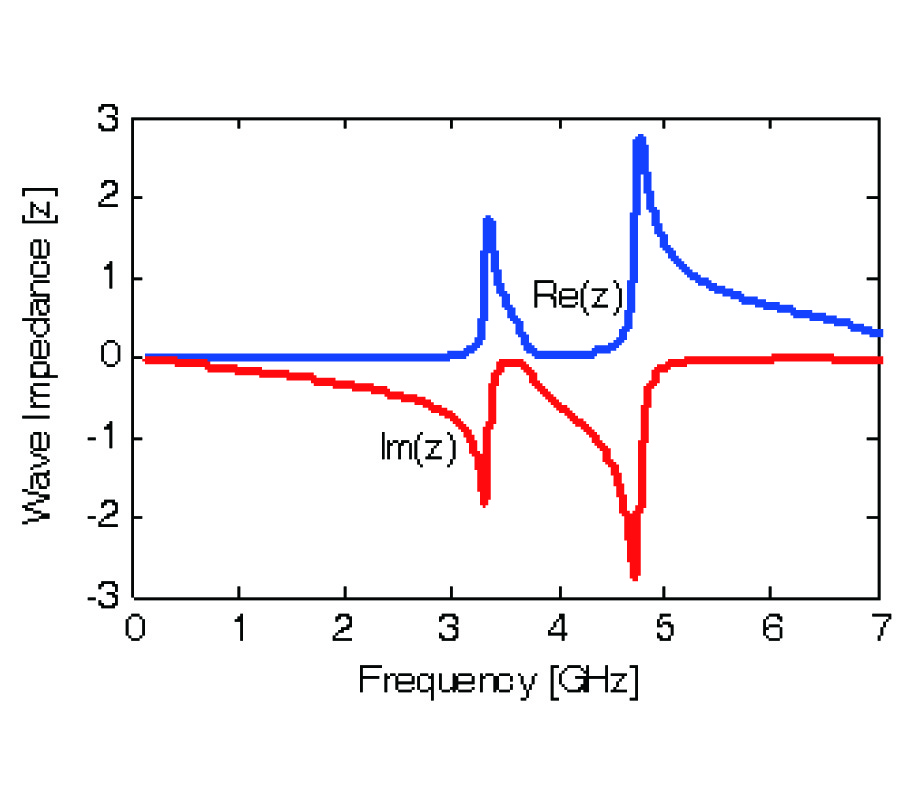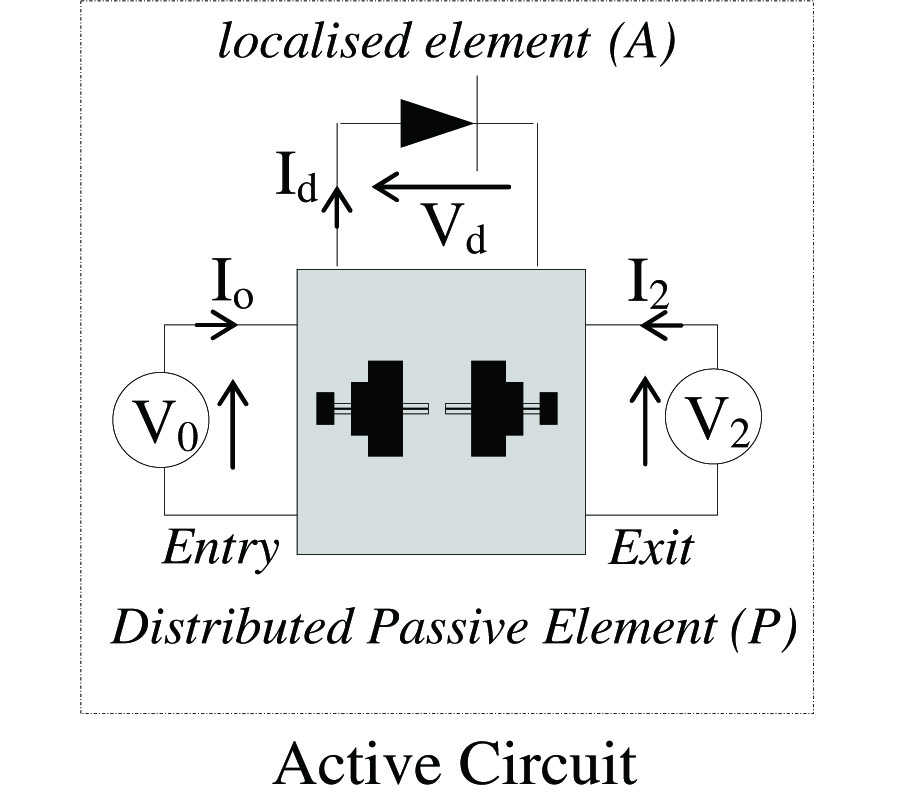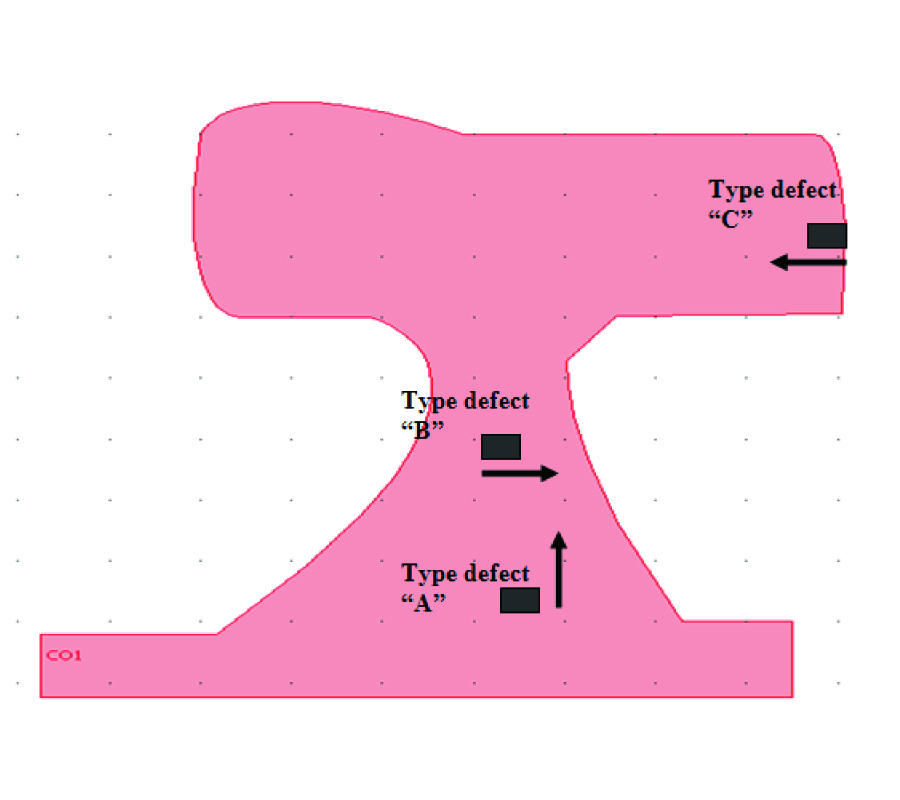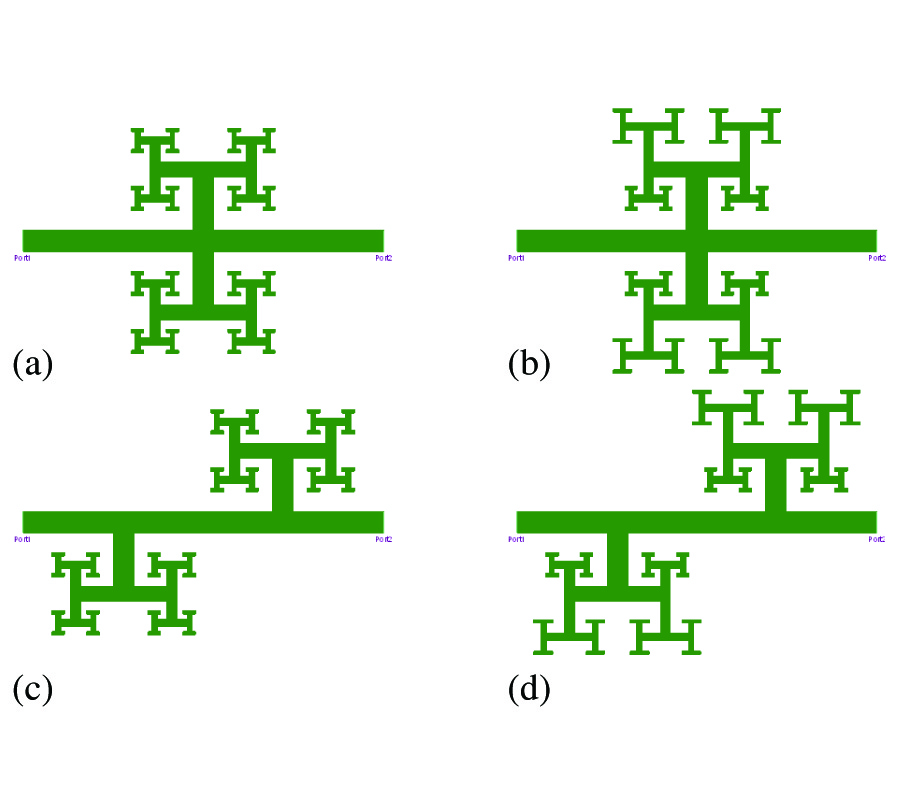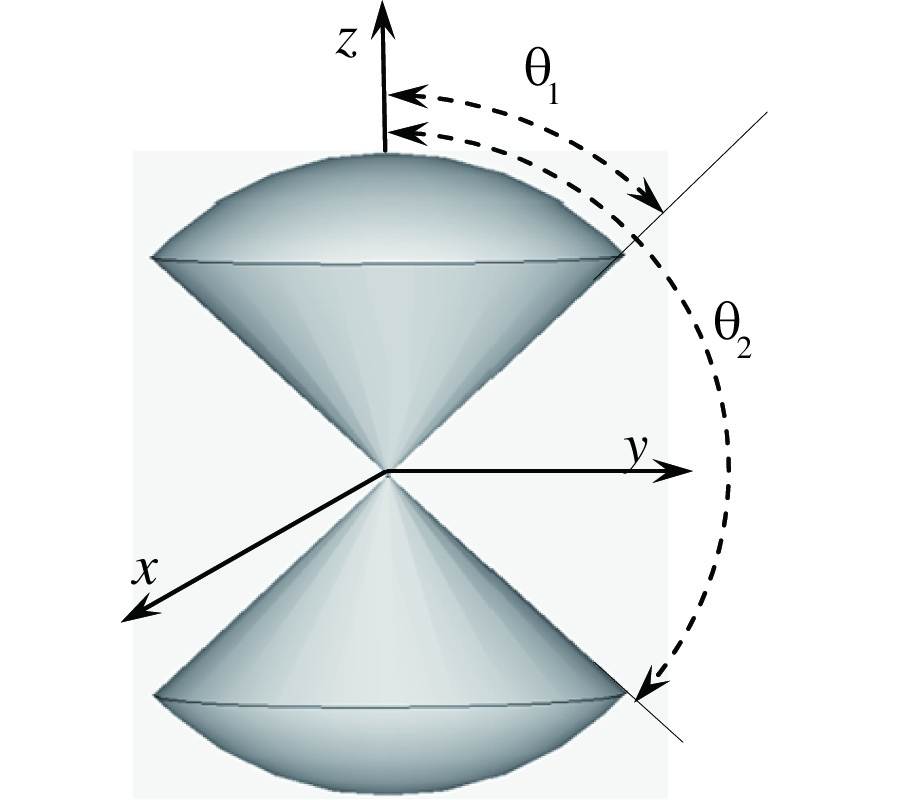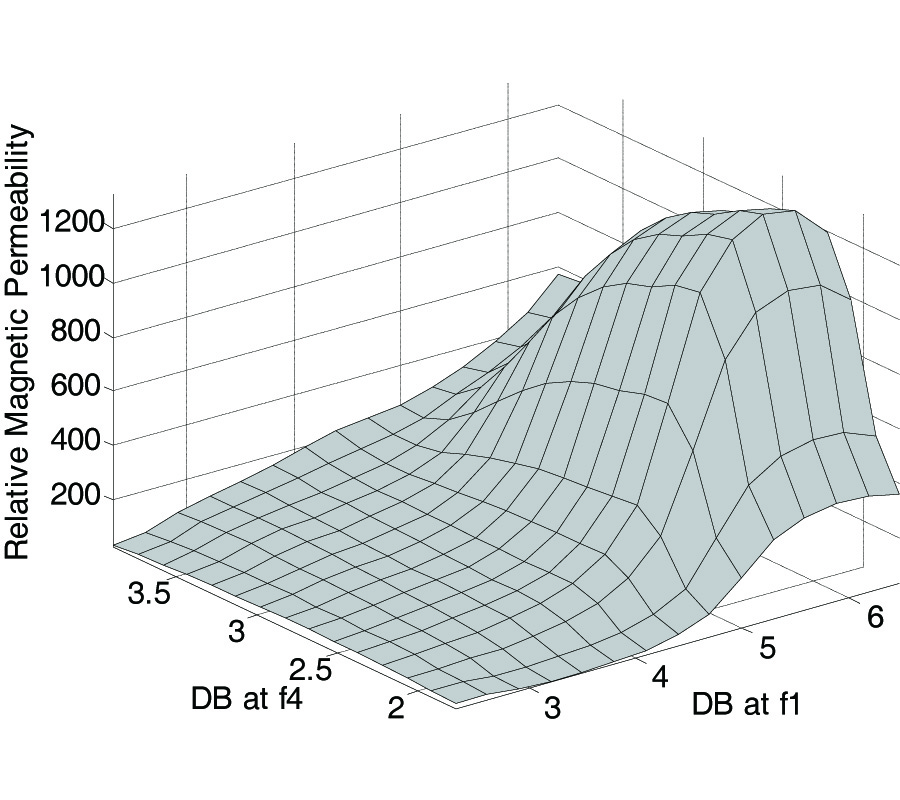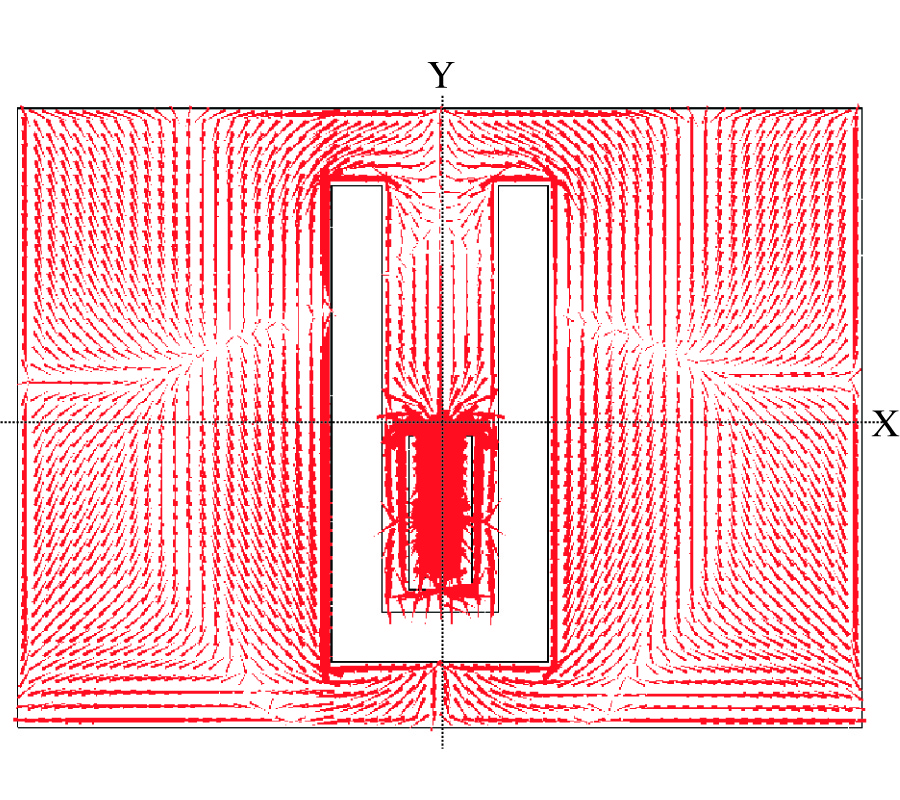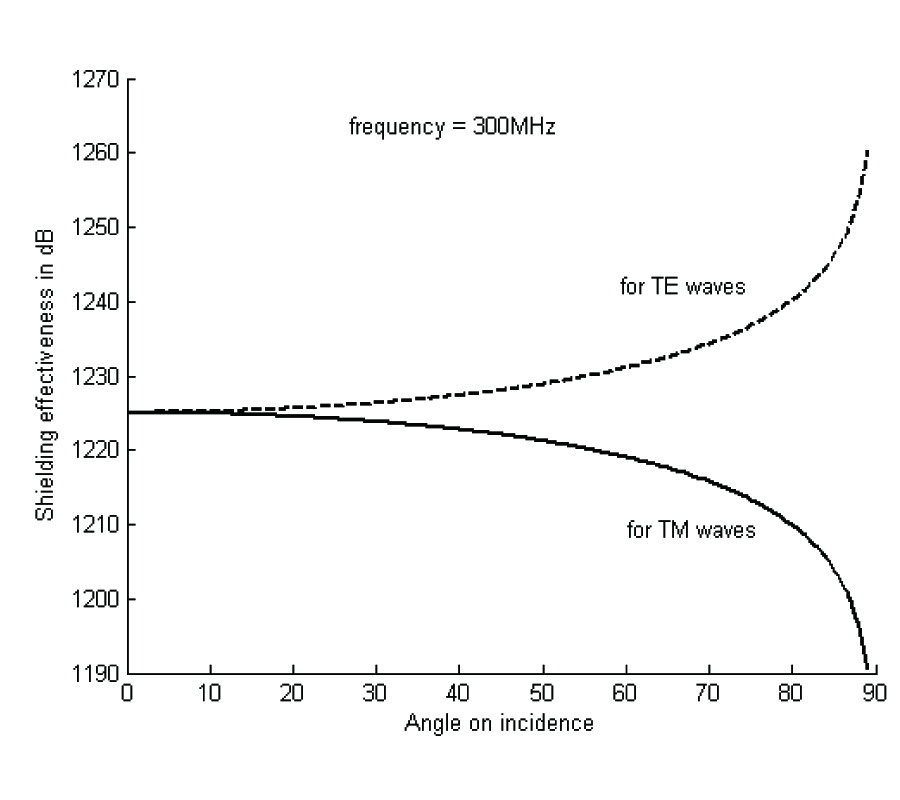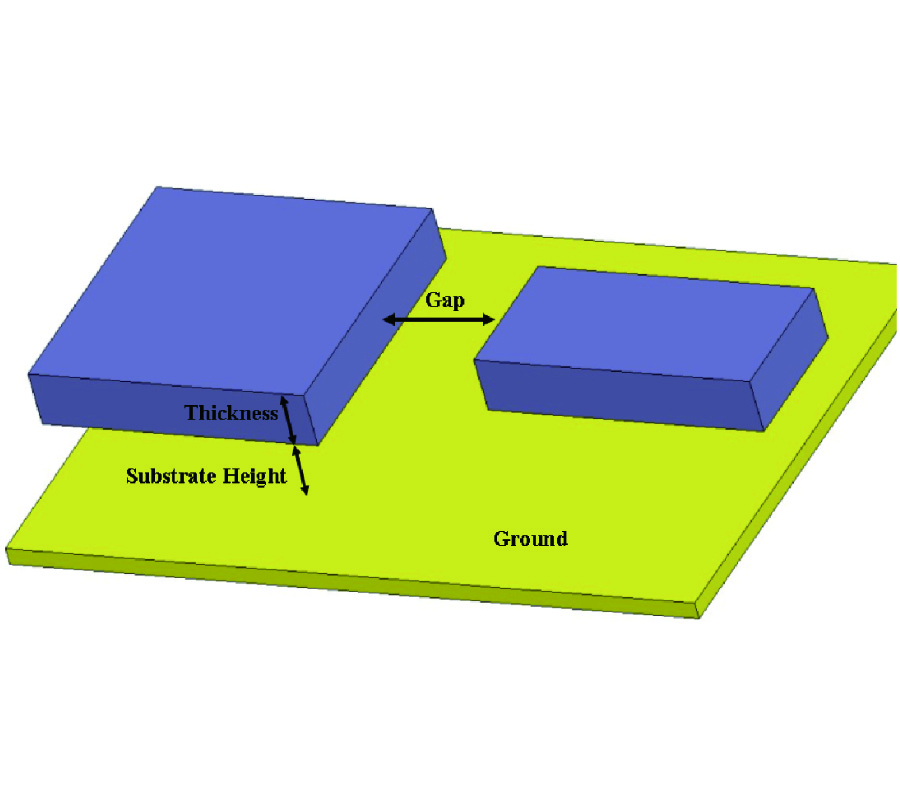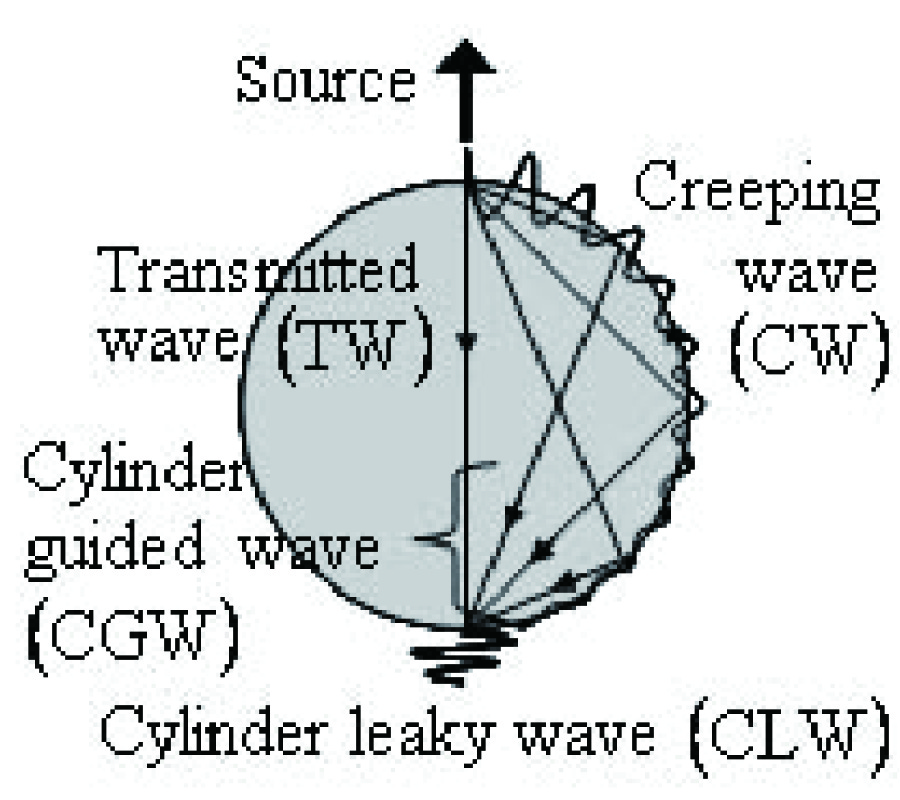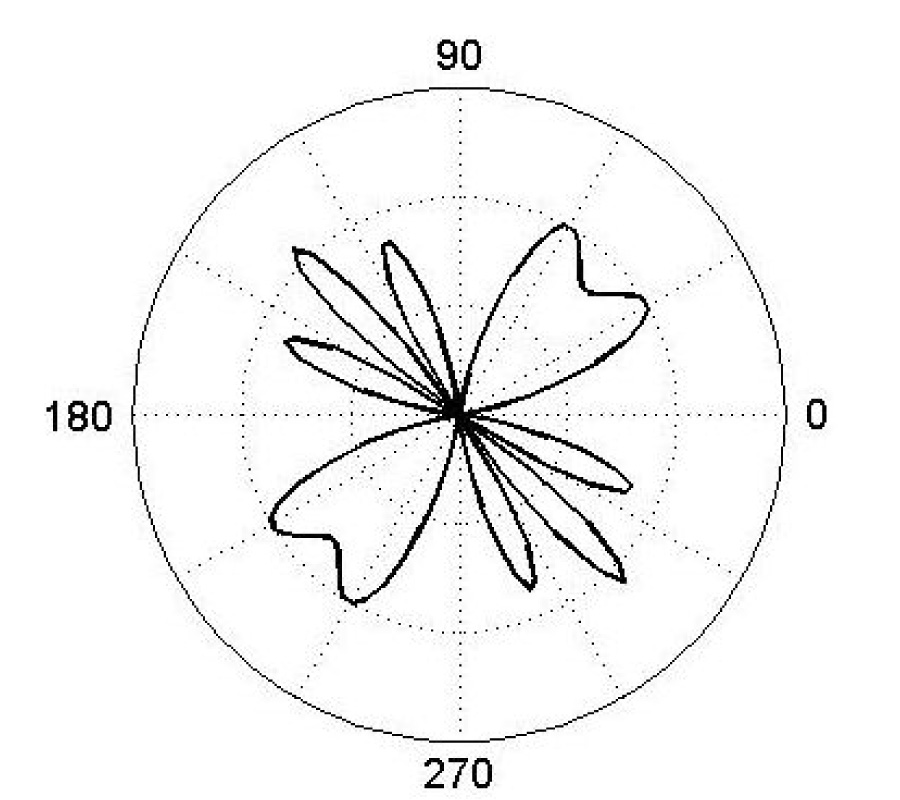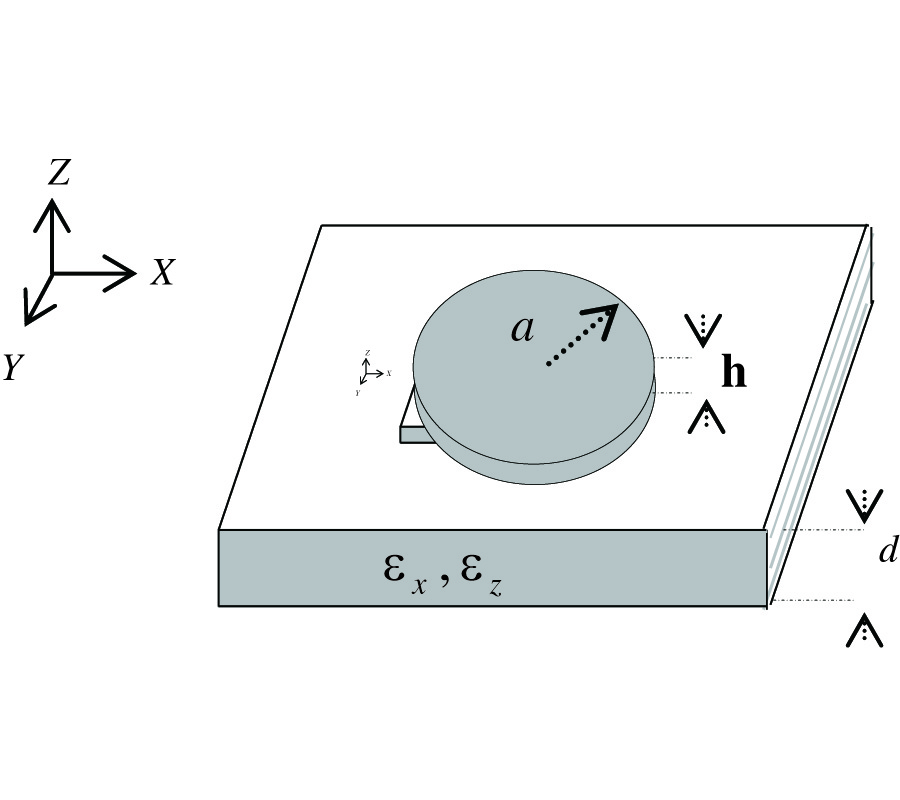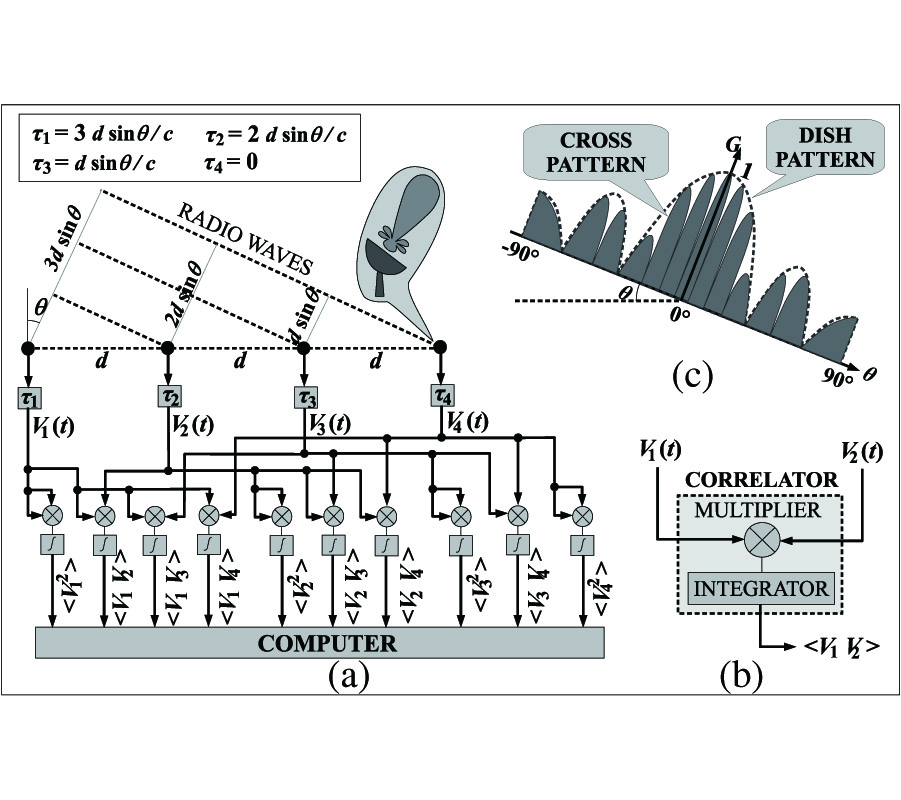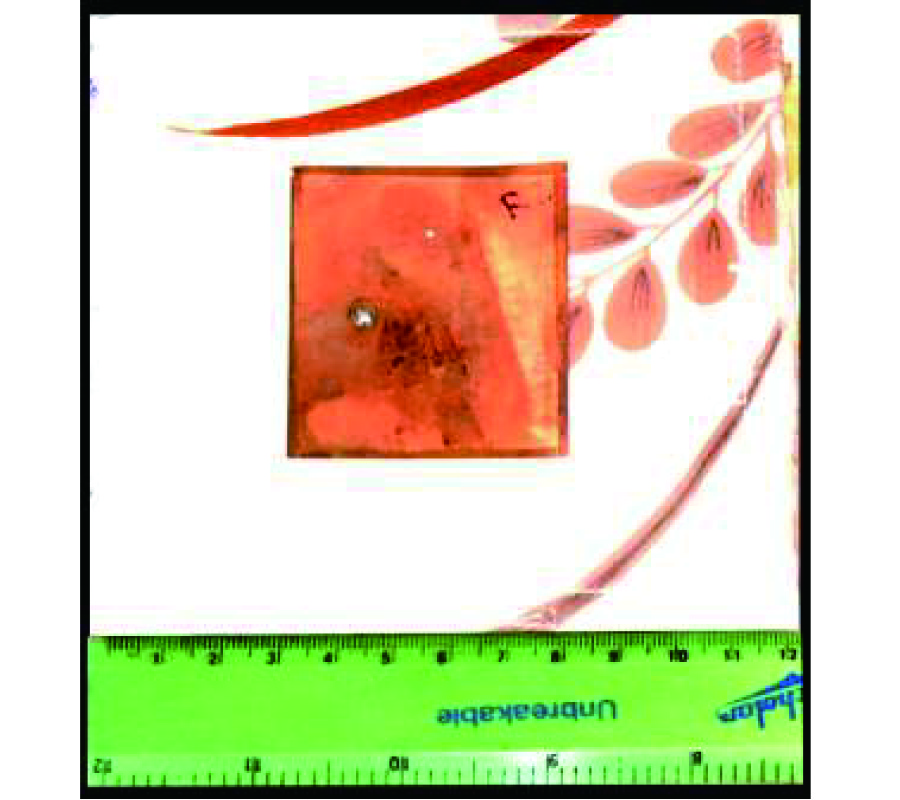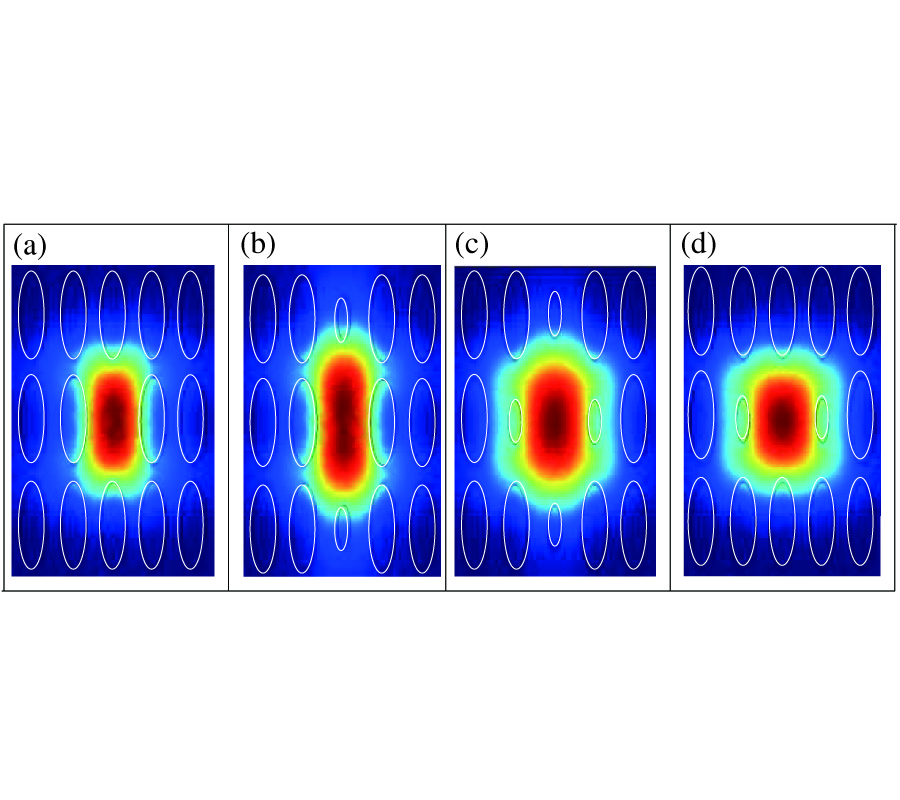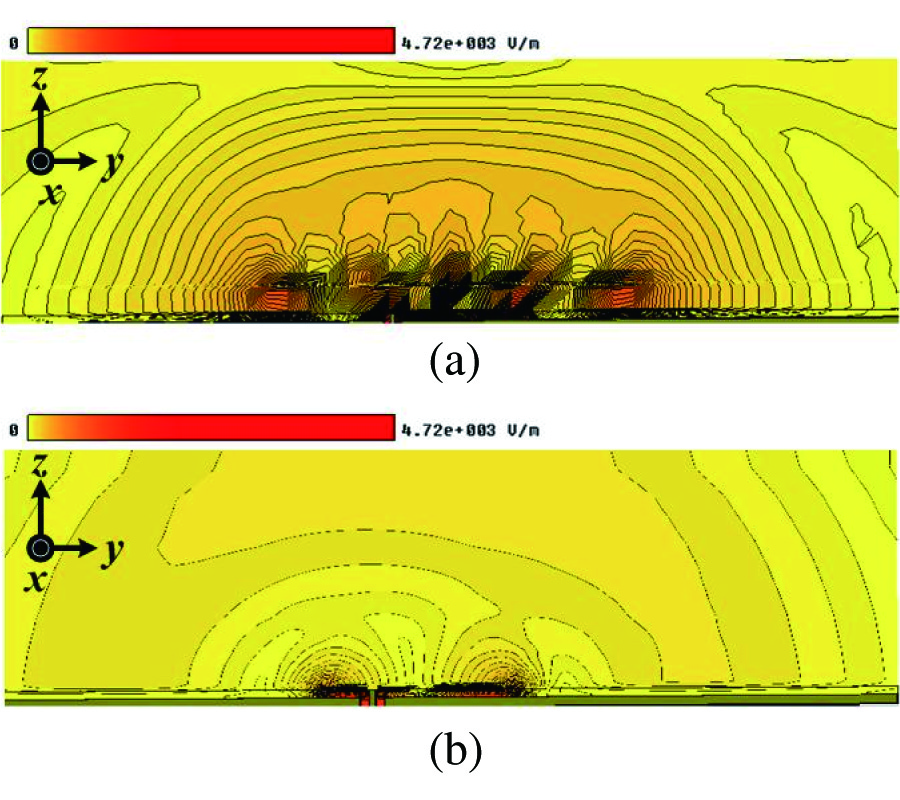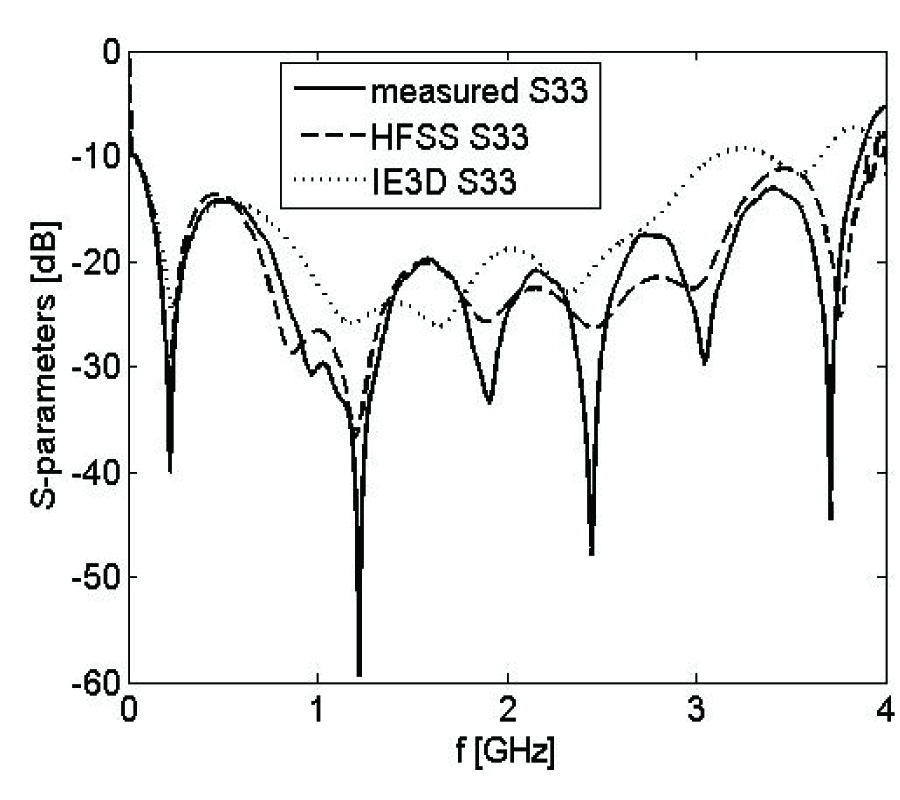2010-07-09 Latest Published
By Ragini Jain
Machavaram Kartikeyan
Progress In Electromagnetics Research B, Vol. 22, 379-399, 2010
Abstract
In this work, the design studies of a 60 GHz, 100 kW CW gyrotron have been presented. Mode selection is carefully studied with the aim of minimizing mode competition and to yield a perfect solid beam output through an RF window with a suitable dimpled-wall quasi-optical launcher. Cavity design and interaction computations are then carried out. In addition, preliminary design of the magnetron injection gun, magnetic guidance system, launcher, and RF window are presented. Thus, we present a feasibility study, which indicates that the operation of such a gyrotron is possible and can give a power in excess of 100 kW at an efficiency > 35%. As a part of this work, a complete Graphical User Interface package "GDS V.01" (Gyrotron Design Suit Ver.01) has been developed for the design and conceptualization of specific gyrotrons.
